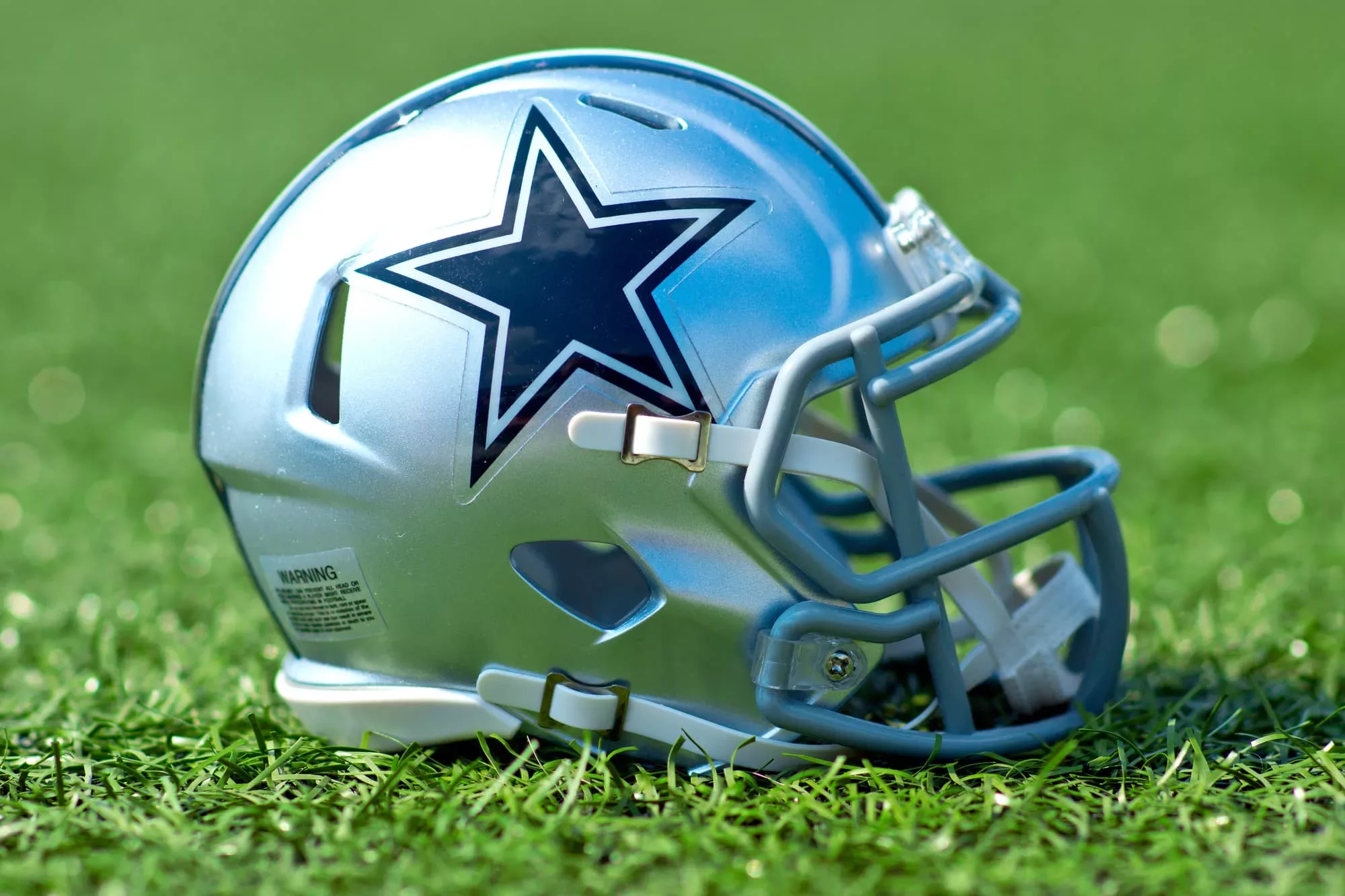IT WILL be about more than the four belts when the streets of Dublin fall silent for a fighter once again in May.
Katie Taylor was not sure this day would ever happen; not sure she would get to fight in front of her people as a professional. The emotion was in her voice when she spoke on Monday.
On the same hushed stage, Chantelle Cameron thanked Taylor for a whole generation of women living their dreams because of her, and not just for the opportunity to fight her. Hero and rival, has there ever been a better example? Cameron is right, Taylor made the business. “It’s not just the women, the men owe her; Katie changed it for all of us,” said Gary Cully, who will be part of the undercard.
For the first part of Taylor’s homecoming tour, the press filed in and formed a bank of photographers; perhaps there were 30, all crouched in a good-natured scrum. She was back. She was smiling. “I like her when she is happy,” said her mother, Bridget. The flashbulbs lit her up and I’m not sure I have ever seen her so calm, so content. “A happy Katie Taylor is a dangerous Katie Taylor,” warned Ross Enamait, her long-term trainer.
At the back of the room, Brian Peters, her manager, was working the room. It’s been a long journey for the pair of them. Peters, incidentally, promoted the Steve Collins and Chris Eubank rematch in Cork in 1995. That is ancient history, a fight from a time in Irish boxing when the big names came; Dublin especially was on the global fight map. Collins and Naseem Hamed at the Point, Bernard Dunne with Bono in charge of the chorus at ringside in the same fighting house, Willie Casey in a world title fight on the outskirts of town. There was even a Tyson Fury cameo in 2009 at the O2, which was the Point. The amateurs have had over 20 years of excellence, but the pro game has vanished into the murky shadows. The six fights Dunne had at the Point were events. The undercard had the names and featured Andy Lee, Jim Rock, Fury and Paul McCloskey on nights of Irish pride. The ringside seats were packed with the finest. Even Matt Macklin got involved. There was also a smart ring performance from Taylor and Paddy Barnes on the undercard one night in 2009. Brian Peters could work some moves, that is for sure. This boxing love affair was always going to make a comeback.
It has not been easy. The great nights belong to another time, a time before the boxing lights dimmed and before there was the brutal and planned murder at the weigh-in back in 2016; it looked like the doors were closed forever. The quiet days are not hard to explain. The Irish press, which still resembles a real media pack, talk about the “Regency”, which was the hotel where the man was shot. Boxing in Ireland was in trouble, big trouble. The hotel changed its name, but the blood-feud connected to the shooting continued. The door stayed shut to the boxing game.
Taylor always prayed there was a chance, a hope, but she also knew there was an even bigger chance that she would never fight as a professional in a land where she is adored. A year ago, the fantasy talk started; a month ago it was agreed. The homecoming of the Fighting Queen is official: It will be May 20, at the 3Arena, which is the old Point, and the prize will not be Taylor’s lightweight belts. Taylor will instead return to super-lightweight and fight for all of Cameron’s belts. It is a glorious prize, but there is a massive price and risk attached. I could see the awe in Taylor’s eyes. I could also see the belief in Cameron’s eyes. It might just be the hardest homecoming in boxing history.
Katie Taylor and Chantelle Cameron (Mark Robinson Matchroom Boxing)
Taylor and Cameron are following big nights and they both know it. This is not an ordinary fight. It’s a night at the old Point, a night of Irish celebration.
Back in 1995, Collins defended his WBO super-middleweight title against Cornelius Carr at the Point. It was a difficult night. I have only just gone back and found my notes from the fight. Rock made his debut, Michael Carruth, Paul Griffin, Packie Collins and Eamonn Magee were all part of the show. That is an Irish night for any decade. In May, Taylor will lead a similar parade. Cully, who was a kid in the cheap seats when Dunne fought, is right when he talks about pride and the joy at just being part of the night. That is why they fight.
Incidentally, Rock, known as the Pink Panther, when he fought, was at the conference, looking every bit the boxing statesman that he is. Rock might have completed a unique Irish quintet having fought at the Point, the National Stadium, the King’s Hall, the Ulster Hall and the Odyssey. He was there with his daughter, Kaci. She fights, a top amateur, part of Katie’s legacy.
Little Kaci has followed the same path as Taylor. The move from small venues and hotels in the countryside to the Irish team, to the National stadium and to the land of promises. Taylor’s last fight on Irish soil was at the Brandon Hotel and Spa in Tralee. It was a Tralee BC show in February of 2016. “I probably just got a trophy,” Taylor told me. She was smiling at the memory. The spa is still there; I hope they have a plaque on the wall.
The streets, roads, paths, beaches, forests, bogs, alleys, rivers, hills and fields of Ireland have been Katie Taylor’s for a long, long time. In May, she comes home to claim them.





















Discussion about this post